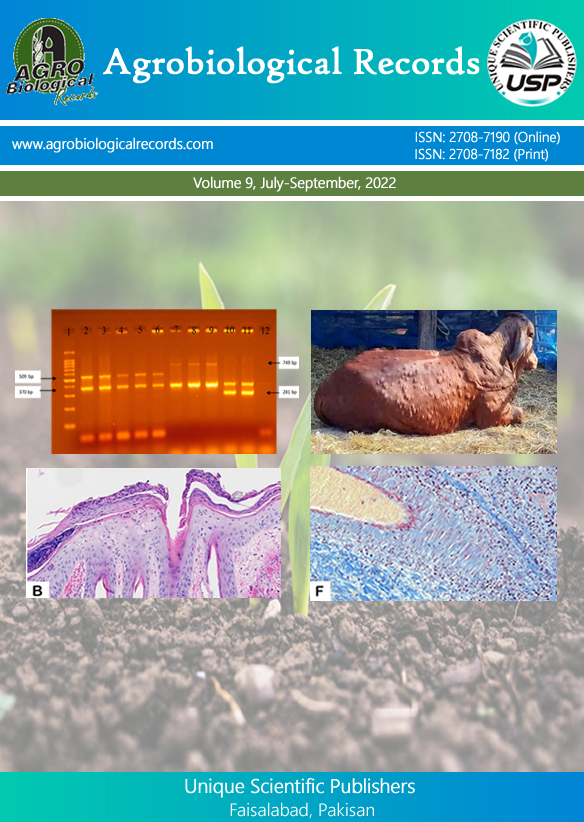
Rodrigue Idohou 1, Elie Satowakou2, Abdel Aziz Osseni 3 and Pascal Gbenou 1
1Ecole de Gestion et de Production Végétale et Semencière, Université Nationale d’Agriculture, BP: 43 Kétou, Benin 2 Laboratoire d’Ecologie Appliquée, Faculté des Sciences Agronomiques, Université d’Abomey-Calavi, 01 BP: 526, Cotonou, Benin 3 Unité de Recherche Horticole et d’Aménagement des Espaces Verts, Laboratoire des Sciences Végétales, Horticoles et Forestières, École d’Horticulture et d’Aménagement des Espaces Verts, Université Nationale d’Agriculture, BP: 43, Kétou, Bénin
*Corresponding author: rodrigidohou@gmail.com
In Benin, non-timber forest products (NTFPs) play a crucial role in the livelihoods of rural households, both for consumption and for commercial purposes. However, despite their importance and ongoing research efforts, few well-structured value chains exist to ensure the sustainable management and optimal promotion of these resources. This study aims to assess the diversity of plant species providing NTFPs, to identify priority indigenous fruit species for promotion and to analyze the socioeconomic factors influencing their use around the Wari-Maro classified forest. Ethnobotanical surveys were conducted with 102 individuals across four villages near the forest. Priority species were identified based on relative citation frequency (RCF), reported use value (RUV), and prioritization criteria. The study recorded 58 plant species providing NTFPs, belonging to 44 families. Fruits and leaves were the most commonly used parts, primarily for food and medicinal purposes. Species richness varied across localities, with villages near degraded areas showing a high citation frequency. Promoting these species could support food security and strengthen the local economy.